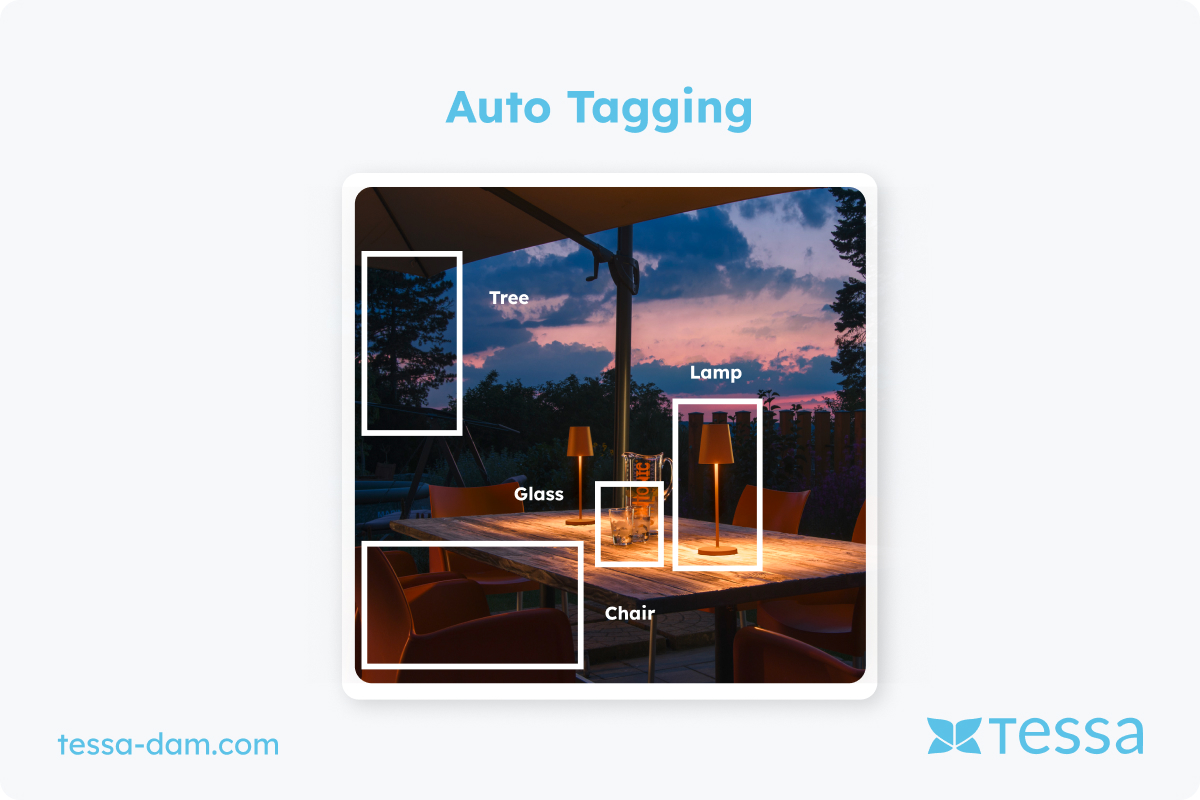Definition
Auto Tagging, also known as automatic tagging, is an innovative technology used in digital content management. This method of automatically assigning keywords or tags to digital resources such as images, documents, and videos revolutionizes the way companies organize and manage their data.
Functionality
The core functionality of Auto Tagging is based on the use of machine learning and artificial intelligence. Through detailed analysis of features such as colors, shapes, and text content, the system can automatically identify relevant keywords that best describe the content. This intelligent process not only enables precise categorization but also facilitates fast and efficient work, significantly reducing manual effort.
Advantages
The implementation of Auto Tagging offers numerous advantages. Firstly, it significantly contributes to efficiency improvement in data management by minimizing the time-consuming manual labor. This allows companies to utilize their resources more effectively. Examples range from simple data extraction, where relevant keywords are automatically assigned, to complex analysis and interpretation of information. Companies can thus respond to trends and patterns in large datasets in real-time.
Challenges and Limitations
Despite its advantages, Auto Tagging also poses challenges. The accuracy of automatic tag assignment heavily depends on the quality of training data and the algorithms used. Data privacy aspects must be carefully considered, especially concerning the automatic tagging of sensitive information.
Practical Examples and Use Cases
The application of Auto Tagging spans across various scenarios. Particularly in the management of large media libraries, the effectiveness of this technology is evident. Editors and content managers can access extensive collections of resources efficiently, while precise categorization enables targeted content personalization, thereby enhancing the user experience for end-users.
Application Example: TESSA DAM
Even in our Digital Asset Management solution TESSA, the laborious manual image tagging is a thing of the past. Learn more about TESSA's AI tagging via Google Vision AI and other AI features of our DAM solution here.
Conclusion
Efficient Resource and Process Management
Overall, Auto Tagging proves to be a groundbreaking solution for companies seeking to manage their resources and processes more efficiently in the digital world. The combination of machine learning and automated categorization helps to cope with the information overload and sustainably increase productivity in digital content management.





